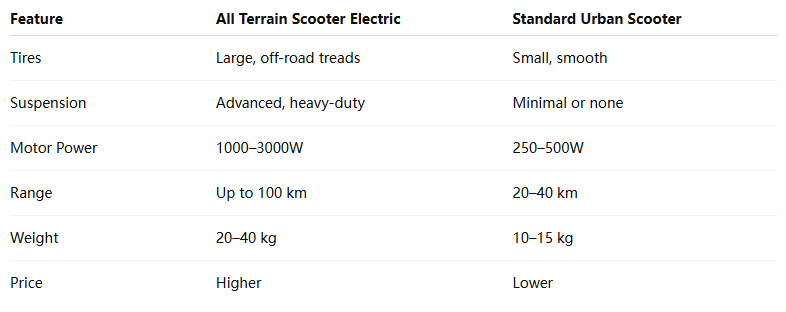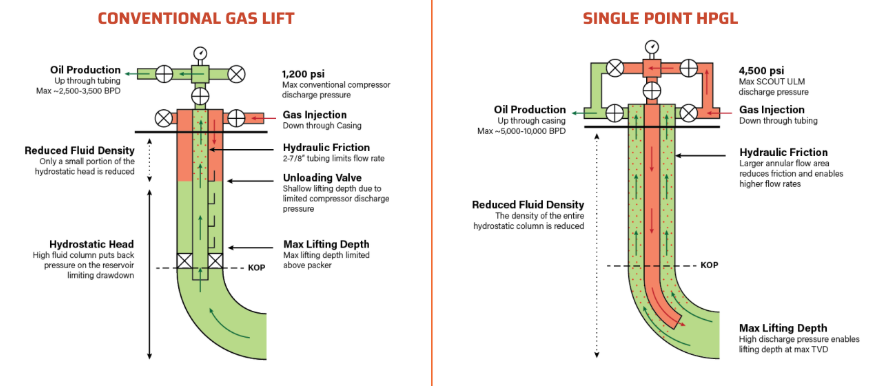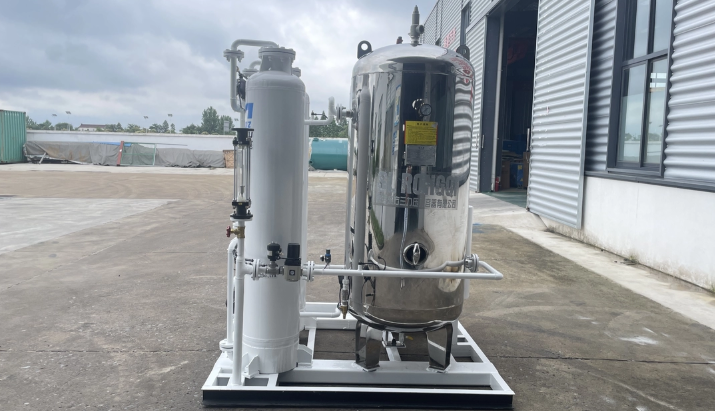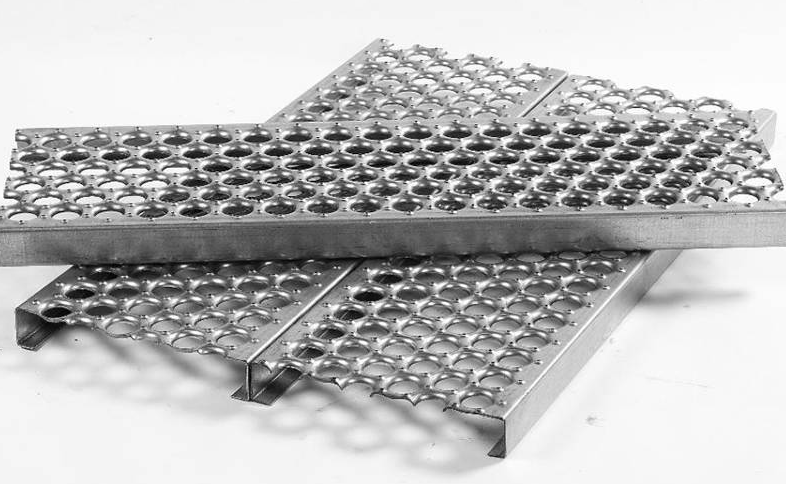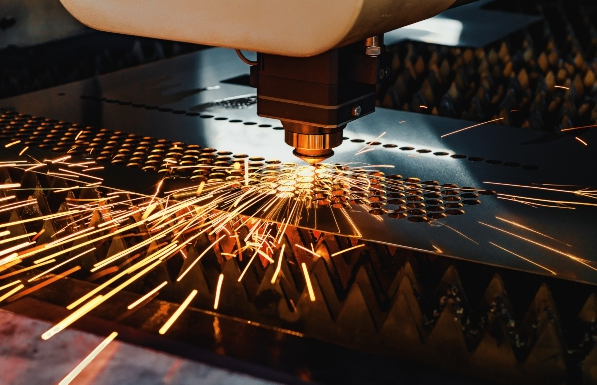The Importance of First Impressions in Interviews
First impressions are powerful and often difficult to change. During an interview, the way a candidate dresses communicates as much as their résumé or answers. Employers commonly view attire as an extension of professionalism, attention to detail, and respect for the opportunity. Wearing
business casual ripped jeans introduces a debate: does the choice reflect individuality or a lack of seriousness?
Research shows that non-verbal cues, including clothing, shape impressions within seconds. If interview attire does not align with an employer’s expectations, it may create doubt about the candidate’s judgment. While industries differ in formality, interviewers often expect candidates to present themselves in a way that aligns with company culture.
What Does “Business Casual” Really Mean?
The term “business casual” is notoriously vague. Traditionally, it refers to professional attire without the rigidity of full suits. For men, this might include slacks, button-down shirts, and loafers. For women, options often include skirts, dresses, or trousers paired with blouses.
Over time, interpretations of business casual have evolved. In some industries, business casual might include jeans—if they are clean, dark, and free of rips. However, introducing distressed denim or business casual ripped jeans pushes the boundaries further, challenging traditional norms. What one company calls “casual,” another may consider unprofessional.
The Rise of Business Casual Ripped Jeans in Fashion
Fashion trends often blur the line between casual and professional. Ripped jeans, once a symbol of rebellion and counterculture, entered mainstream fashion decades ago. Designers like RE&X and other forward-thinking brands helped transition denim from workwear into a versatile, stylish staple.
Today, business casual ripped jeans are widely seen in streetwear and even in certain offices. Celebrities, influencers, and fashion-forward professionals helped normalize the look, making them less of a “rebellious” item and more of a lifestyle choice. Yet, the question remains: should they be worn in formal settings like interviews?
Are Business Casual Ripped Jeans Suitable for Interviews?
While business casual ripped jeans might work in everyday office environments, interviews are unique. They serve as formal introductions where candidates must make a strong impression. Employers may interpret ripped denim as careless, regardless of current fashion trends.
In creative industries—such as design, media, or fashion—business casual ripped jeans could be more acceptable. In fact, some companies may view them as a reflection of creativity and modernity. In contrast, industries like finance, law, and corporate management expect conservative attire, making ripped jeans inappropriate.
Employer Expectations and Dress Codes
Companies often maintain either written or unwritten dress codes. While employee attire may be relaxed, interviews still represent a more formal process. Wearing business casual ripped jeans risks being seen as presumptuous.
Hiring managers frequently report that they judge candidates not only on qualifications but also on cultural fit. A polished appearance communicates respect and preparation. Even in offices where jeans are standard, presenting oneself slightly more formally for an interview demonstrates seriousness about the role.
Cultural Differences in Interview Attire
Interview attire expectations vary globally.
United States & UK: Startups and creative firms may welcome business casual ripped jeans, but conservative corporations frown upon them.
Europe: Fashion-forward cities like Milan or Paris sometimes embrace trendy attire, though formal roles still demand traditional wear.
Asia: Many companies in China, Japan, and South Korea maintain strict dress codes, where suits are standard and ripped denim would be inappropriate.
Understanding cultural expectations ensures candidates avoid unintentionally making a poor impression.
Business casual ripped jeans represent individuality, but interviews demand balance between self-expression and professionalism. Wearing them might show confidence, but it can also create doubt about judgment.
Candidates should ask themselves: will this choice highlight my skills, or will it distract the interviewer? In most cases, safer alternatives—such as dark denim without distressing or tailored trousers—offer a more universally accepted compromise.
Situations Where Business Casual Ripped Jeans May Work
There are scenarios where wearing business casual ripped jeans could be acceptable:
Creative industries: Advertising, fashion, and digital media value unique style.
Startups: Many new companies pride themselves on casual culture.
Informal interviews: For internships or networking chats, attire expectations may be lower.
In these cases, pairing business casual ripped jeans with a blazer, polished shoes, and a clean shirt can balance casual and professional elements.
When to Avoid Wearing Business Casual Ripped Jeans
On the other hand, candidates should never wear them to:
High-stakes corporate interviews: Positions in banking, consulting, or government.
Executive-level roles: Leadership positions demand conservative attire.
Traditional companies: Firms with formal reputations expect suits or polished business casual.
Erring on the side of caution is almost always safer.
Alternatives to Ripped Jeans for a Stylish Yet Professional Look
For those who enjoy denim but want a safer option, alternatives include:
Dark, non-ripped jeans: Sleek and polished.
Chinos or khakis: Comfortable and versatile.
Tailored trousers: Professional with modern fits.
These options allow candidates to feel comfortable while maintaining professionalism. Brands such as RE&X provide eco-friendly, high-quality trousers designed for durability and elegance, which can serve as excellent interview attire alternatives.
How Recruiters Perceive Business Casual Ripped Jeans
Recruiters emphasize that attire signals preparation. Many prefer candidates who “overdress” slightly rather than risk underdressing. While some admit they would not automatically reject someone in business casual ripped jeans, they often perceive it as a red flag, suggesting lack of awareness about professional norms.
Surveys reveal that 70% of employers believe inappropriate attire negatively affects hiring decisions. Even when skills and qualifications are strong, clothing choices can influence subconscious bias.
The Role of Confidence and Body Language
Confidence plays a crucial role in interviews. Some argue that if a candidate feels empowered in business casual ripped jeans, it may enhance their performance. However, confidence should not come at the expense of professionalism.
Effective communication, eye contact, and posture all help project competence. Ideally, candidates should choose clothing that enhances confidence while respecting professional expectations.
Balancing Personal Brand with Professional Expectations
Fashion is an expression of identity. Business casual ripped jeans may align with a candidate’s personal brand, but interviews require alignment with company culture. The goal is not to suppress individuality but to adapt it strategically.
A candidate’s “personal brand” includes their attire, language, and demeanor. Aligning these elements with an employer’s values communicates both authenticity and professionalism.
The Future of Interview Dress Codes
Interview attire is evolving rapidly. With remote interviews, many candidates adopt more relaxed styles. Gen Z professionals are challenging traditional norms, pushing for authenticity and comfort.
Business casual ripped jeans may become increasingly normalized in interviews, especially in innovative industries.
Still, tradition persists in conservative fields. The safest approach is to research company culture beforehand, ensuring attire aligns with expectations.
Conclusion: Making the Right Choice
The question of whether business casual ripped jeans are unprofessional in interviews depends on industry, culture, and company norms. While they may work in startups or creative industries, they remain risky in traditional settings.
Overdressing is rarely penalized, but underdressing often is. Candidates should prioritize professionalism, ensuring their attire enhances rather than distracts from their qualifications. In the end, the best interview outfit reflects both confidence and respect for the opportunity.
Psalm 59 illustrates how David learned to trust God through thick and thin. We can benefit from the Psalms he wrote because of his transparency. Click on the link below to read how David sought refuge in God. #BibleStudy #Devotions #Psalms #worship




